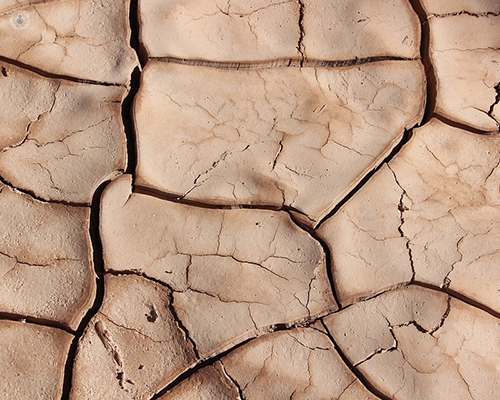Anal fissures: what are they and how are they treated
Written by:An anal fissure is a wound that occurs in the lowest part of the digestive tract, i.e., in the anal region. People confuse fissure, fistula, and haemorrhoids, each of which has its own characteristics and symptoms. An anal fissure is a wound, an injury characterised by intense pain, usually occurring up to 10 minutes after going to the bathroom. It is a very intense pain that does not respond to conventional painkillers and can last for up to hours.

What does anal fissure treatment involve?
Anal fissure treatment has a lot of misconceptions surrounding it. One is that it is an extremely painful surgery. This is absolutely false as long as the operation is performed correctly by a capable specialist.
Another is that patients who are operated on for an anal fissure are made incontinent. This is also categorically false and needs to be emphasised because patients refuse to have anal fissure treatment out of fear of these false consequences.
Anal fissure treatment consists of making a tiny incision on one of the two sphincters in the anal sphincter complex, specifically on the internal anal sphincter. When a patient has a fissure, it is because he has an excess of muscle tone, or an excess of force in the sphincter. It is not going to correct itself. Fissures always need medical treatment. People are often mistakenly treated with haemorrhoid remedies. Anal fissures require specific medical treatment based on ointments containing muscle relaxants. An operation is performed when the patient does not respond to medical treatment. If anal fissure surgery is necessary, the patient is admitted for a few hours andthe surgery is performed under local anaesthetic and sedation with the patient being discharged the same day.
What happens after anal fissure surgery?
The operation on an anal fissure, which is known as an internal lateral sphincterotomy, is a surgery performed under local anaesthetic and sedation. After anal fissure treatment, post-oeprative care is relatively simple. All it requires is hygiene, that is, washing of the wound with soap and water, and taking an antibiotic. As long as there are no complications, such as wound infection, recovery time is quick. A patient can return to normal working life without major discomfort in 2-3 days. Many patients ask if the surgery is definitive. The answer is yes. With a correctly performed internal lateral sphincterotomy , it is practically impossible for a repeat of the anal fissure.
In short, anal fissure surgery when performed correctly and with technology such as a CO2 laser is an extremely effective surgery that minimally affects the patient's normal life, with them being able to return to work in 2-3 days.


